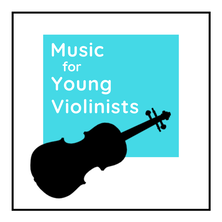|
Learn a 5 part progression for teaching rhythms to violin students using the Blue Jello Cards from the Music Mind Games materials + 4 additional ways to integrate advanced students in multi-level classes. 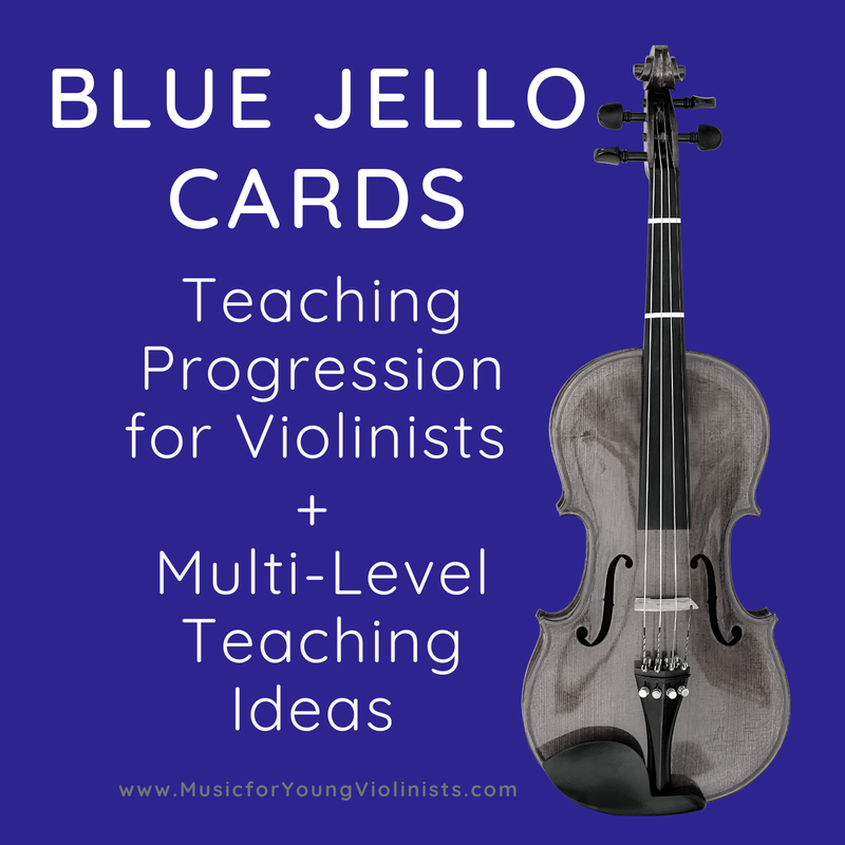 Music Mind Games is a music theory curriculum created by Suzuki Piano teacher Michiko Yurko, and it involves a series of colorful materials and progressive games for teaching music theory to children. The entire curriculum is one of the best I have ever seen for effectively teaching complex concepts in natural, developmentally appropriate ways for children. As I progressed in my violin teaching career, the reality of limited time pushed me to narrow my music theory offerings, and the one thing I kept teaching consistently from the extensive Music Mind Games curriculum was the Blue Jello Cards used for teaching rhythm note reading. I developed a 5 part approach for using these for violinists and four challenges to engage and integrate my more advanced students in multi-level teaching situations. On a fun, personal note, I credit the effectiveness of the Music Mind Games curriculum for spawning my career as a composer. After many years of teaching the basics using the Blue Jello Cards, my rhythmic dictation got so strong that I would transcribe different languages into rhythms in my head when I traveled to different countries and use these to compose music. In this video, learn a progression using the Blue Jello Cards from the Music Mind Games curriculum specific for benefitting violinists. The progression shared in the video is: 1- Speak cards (optional hand symbols). 2- Sing in ascending scale. 3- Air bow while speaking/singing. 4- Play on an open string. 5- Play as an A major scale. * Add marching to any of these steps. Have multi-level classes? Learn four additional ways to integrate advanced level students in a challenging and engaging way: 1- Stay on the same open string pitch as the rest of the group but do each card in a different position (i.e., 1st card in III positions, 2nd card in IV position, 3rd card in II position, etc.…) 2- Again, stay on the same open string pitch as the rest of the group but play each beat in a different position (II, III, IV, III, II, I, etc.…) 3- Play a different scale for each card. 4- Improvise a melody. Learn more at www.MusicMindGames.com. More Ideas from M4YV for Teaching Music Theory: Pipe Cleaners & Music Theory/ Blue Jello Cards - Learn a cheap, hands-on, colorful, and easy clean-up activity to support teaching music theory and the Blue Jello Cards to young musicians. The Magic Bag - a Metaphor for the Learning Process - Learn a "magical" way to create a learner's identity in young students using the Blue Jello Cards. How do you teach rhythm and/or music theory in your studio? Let us know in the comments below.
0 Comments
Did you know there are 4 ways to do the "spider crawls" on the bow? Learn all 4 ways, neat tricks for teaching and learning these and get introduced to the ultimate challenge with a short tutorial video below. The original set of violin stickers have been so popular that we decided to build on this theme with an entire sticker sheet. Get this 4 x 6-inch sheet of 8 super cute violin and music-themed stickers free with any purchase.
Are you inspired to start a bucket board for your studio, classroom, home, place of work or community center? This can be done easily and does not necessarily need buckets. The term "bucket board" can be a bit of a misnomer because you can also create this with envelopes, gift bags or any other container that can hold notes of kindness. You can even learn how to make a paper bucket from Bucket Fillers 101. Download FREE bucket fillers on the FREEBIES page and purchase violin themed bucket fillers for $5 at the Music for Young Violinists store. Click on the "Bucket Boards" button below to view my Pinterest board on these:Download the notes of kindness posted below + 6 more designs on the FREEBIES page to help start a bucket board in your violin studio.Visit the M4YV store to access music-violin themed bucket fillers.Who doesn't love solving a mystery??? I removed the pitches from 3 popular holiday pieces and left the rhythms for my students to solve the mystery of what pieces these are. These are a really fun way to enforce rhythm reading skills, celebrate the holiday season and keep lessons and group classes fresh with new ways to learn. The 3 pieces are Jingle Bells, Rudolf the Red-Nosed Reindeer & Ode to Joy. Also here on the M4YV FREEBIES page are some complements to the Holiday Joy! collections for Violin and Viola. First is Ding, Dong Merrily on High. I love this piece and forgot to put this melody only version into the newly revised Holiday Joy! sheet music collection. My mistake is your gain because it is now offered here for everyone on the FREEBIES page.
Next is a contemporary arrangement of The First Noel for 3 Violins. When I revised the holiday & Christmas music collection, I wavered about putting this trio arrangement of the First Noel in it. I enjoy the higher range expressed in the top line and a slightly modern interpretation of the harmony, but it does not fit with the rest of the arrangements in the collection. I decided to keep it and offer it here and get your feedback - feel free to let me know how this works for you (here is my email address). A version of just The First Noel melody is available in the Holiday Joy! collection. Counting stones are a variation on the abacus. They are easy to make and as simple as getting a jar and 10-20 of your favorite stones (or really, anything that is small, personal and is readily available). You can see a version I made as gifts for my students one year here. Counting stones will help make violin practice successful for the following reasons: 1- Anytime you can make something personal by choosing a unique stone (or sticker or toy, etc...) it will bring a positive connection to the experience. As advanced as the frontal lobes of our brains may be, what drives the show in our life experiences is the unconscious part of our minds. Making a simple positive connection like choosing your personalized counting stones will bring this positive influence into violin practice and help encourage the practice process. Helping to make a positive and personal connection is equally useful for a 5-year-old as it is for a 57-year-old, or in other words, is applicable for all ages. 2- Violinists need ways to release the repetitive stress involved in playing to avoid an injury. Laying practice stones out on the music stand will create a built-in mechanism for regularly relieving the arm from holding the instrument up (of using the left arm). Since I have injured myself in part thru lack of implementing healthy practice techniques such as this, I feel strongly about emphasizing this subject for future musicians to help preserve their music making experience. This led to inviting physiatrist Dr. Lin to do a presentation for my studio informing violinists and their parents about preventing violin related overuse stress injuries. The presentation, The content shared by Dr. Lin in his presentation The Violinist Athlete and Injury Prevention, is concise and solution oriented. 3- Tangible goals and tangible results. I was once teaching a 10-year old student named Julia, who came into her lesson with a look of wonder in her eyes as she stated: "Isn't it amazing that I just move my fingers and arms around and all this beautiful music comes out?!" She perfectly captured the awe of this magical experience of creating invisible art (which is what music is). Other art forms are visible - painting, films, the martial arts, etc... We violinists create invisible art and having something concrete to aid in our process such as counting stones can be useful in tracking progress and bringing a sense of groundedness to our practicing. 4- Optimize practice methodologies. In the correlating video, I show how to use practice stones to create better sequencing in violin practice. Too often students will play thru something 10x but only reinforce the incorrect bowing. With practice stones, a student can lay out an alternating pattern with one type of stone representing doing the correct bowing in the air and the other kind of stone for implementing the proper bowing on the instrument. Use stick-on jewels on the fine tuners to help make violin playing fun and personalized for young students. This idea for making violin fun comes from one of my 5-year-old students who brought in some stick-on jewels one lesson. While I have a strict rule for no stickers on the face of the violin, I thought to add these to the fine tuners would not damage the instrument and they helped a young musician make her music-making a little more personalized and festive. You can purchase these on Amazon by searching for stick-on jewels and also at many stores in the scrapbooking and craft sections. For more ideas on how to make violin fun for young musicians, please visit the Violin Hacks & Bow Hold Helpers page and download some free PDF's on the FREEBIES page.
Free *Gift With Purchase - While Supplies Last *$10 minimum purchase needed to qualify for the free gift. * Limit one set per customer. It is time to celebrate -
I also want to celebrate the first physical item for sale in the Music for Young Violinists store - Violin & Fiddle postcards. Having elements connected to our passions and goals placed in our environment helps us create an identity and culture and supports our long-term goals. I love mail, all things violin and expressing gratitude, so the postcards were a heartfelt project for me to create. I reserved a portion of them for sharing as gifts with purchase in September. While supplies last, a colorful pack of postcards will be sent in the mail to violin sheet music orders starting today. Flip your instrument to the other side (violin on the right and bow on the left) to be a beginner again and truly understand what your students are experiencing. This is the best way I know of to assist in breaking skills down into micro progressions so that you can fully convey a concept to a student. This simple act of changing sides was a revolution to helping me improve how I taught vibrato to young children.
Do you know what finger patterns are? If you have not started finger patterns yet, then today is the day! It will take you about 4 minutes to learn the finger patterns and then 1 minute/day to practice. You will benefit immensely from mastering finger patterns and they will help you build technique, make music theory applicable to violin playing and aid you in learning your repertoire faster. Keep scrolling to learn more. The best way to learn finger patterns without an instructor is thru either a chart or a tutorial video (like the ones below) . I like to teach them in the sequence displayed below and include the less common finger patterns of 1-2-3 and 2-3-4 together as well as all fingers together (half steps) and all fingers apart (whole steps). Once you have these mastered, the next step is to start applying them to your music. Now that you are thinking in terms of half-steps and whole-steps, mark these into your music so the concept starts to click. After a while of using finger patterns, you will notice you learn pieces faster and have improved intonation. Did you catch the fun pop reference? Here are some hints: The sci-fi TV show and movies Star Trek & character Spock Have a violin finger pattern tip?
Please let us know in the comments below, thanks! Learning is an incredible experience that encompasses all parts of life. YES, that sometimes means fun, silliness, and cheesy jokes!!! Young musicians having fun with a play on words in one of our group classes. We are using the quarter note rests from the Blue Jello Rhythm Puzzles that are a part of the Music Mind Games curriculum created by the brilliant pedagogue Michiko Yurko. I highly recommend this music theory program - your students will have so much fun, they hardly even realize that they are learning! For more information, please visit the Music Mind Games. What's cheap, hands-on, quiet, colorful with easy clean-up? Answer = Pipe Cleaners! A parent recently turned me onto this fantastic teaching tool. Pipe cleaners are economical, colorful, hands-on, quiet and clean up with the swoop of one hand. What's not to love? We have been using these to study the shapes of musical symbols. The hands-on quality makes it a slow and individualized learning tool for young children to study the details of the shapes in musical symbols.
We have also used pipe cleaners to re-create Blue Jello cards with great success (see picture below.). For more information on the incredible Blue Jello cards that are a part of the highly recommended Music Minds Games curriculum please visit: http://www.musicmindgames.com |
Categories
All
Archives
February 2024
AuthorHi! It's me, Heather. I absolutely love working on the Music for Young Violinists project and all the many facets: blogging, website, music, teaching materials, freebies, videos, newsletter and giveaway contests. The best part is connecting with you so feel free to drop me a line. You can learn more about me on the "ABOUT" page. Thanks! |
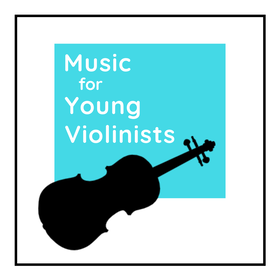
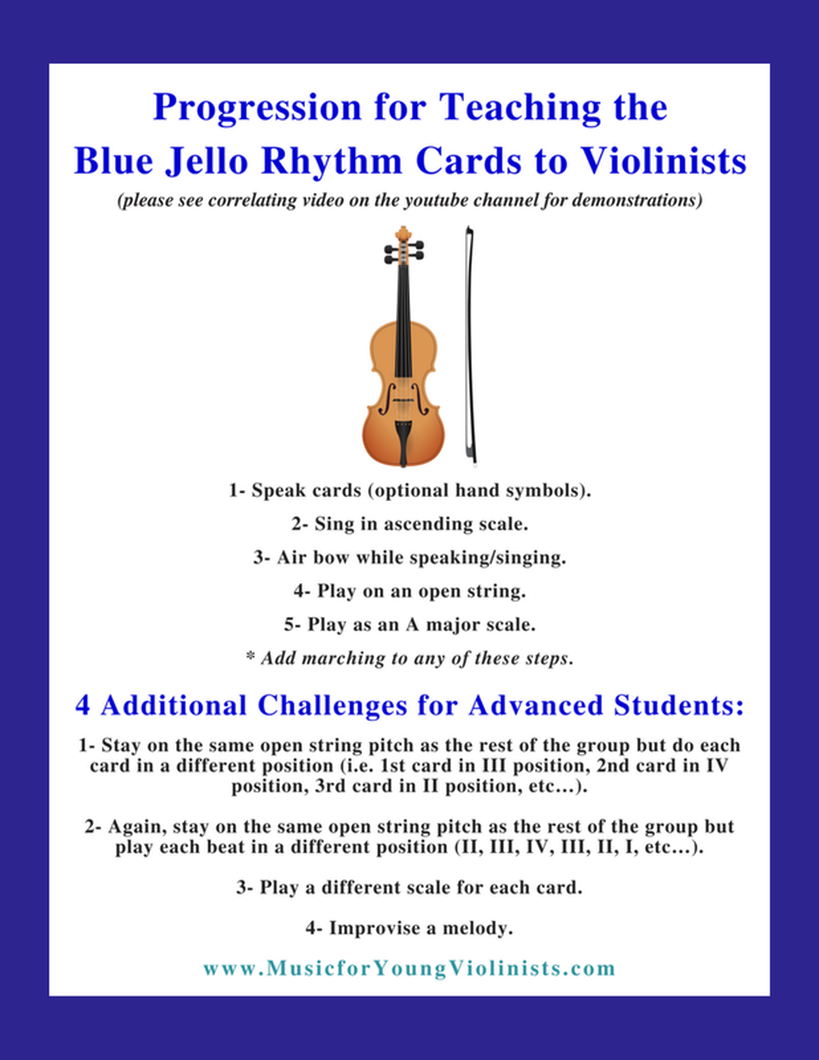
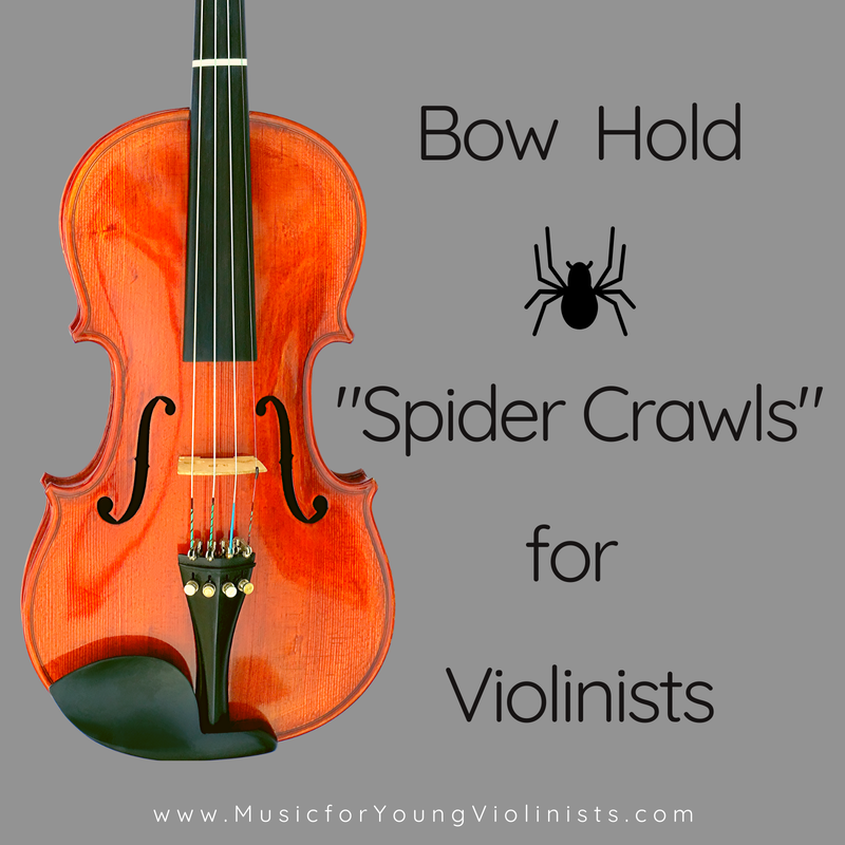
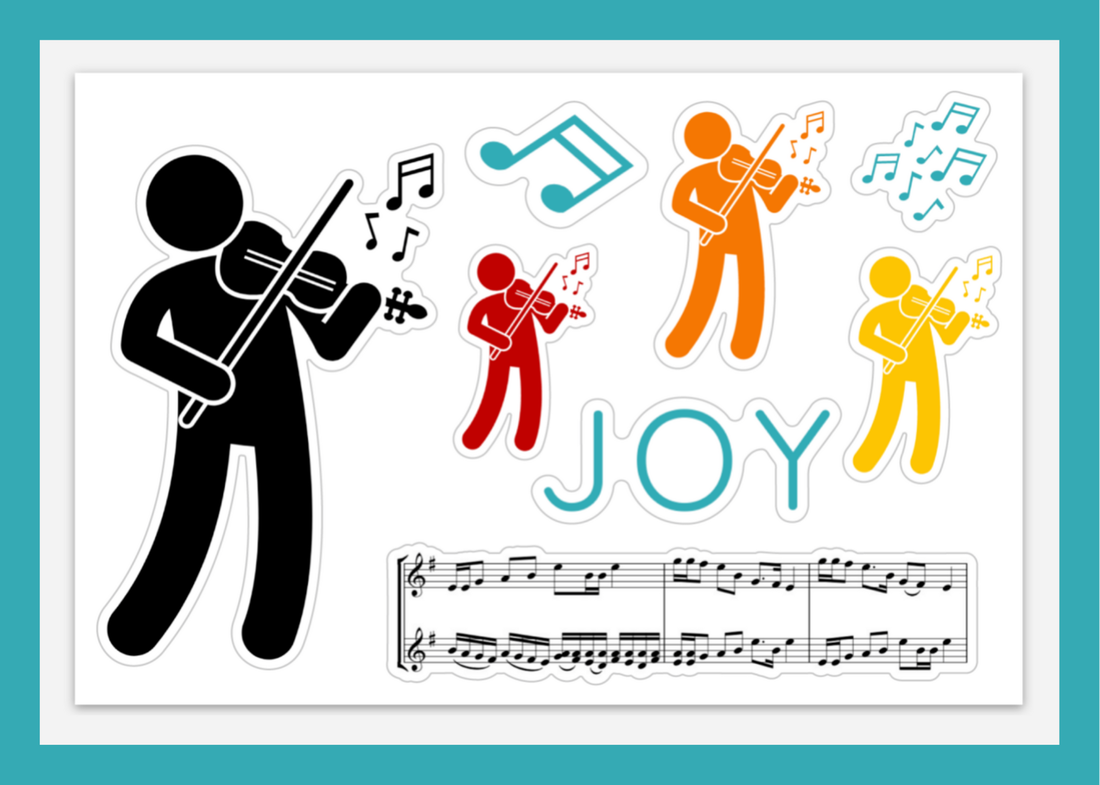
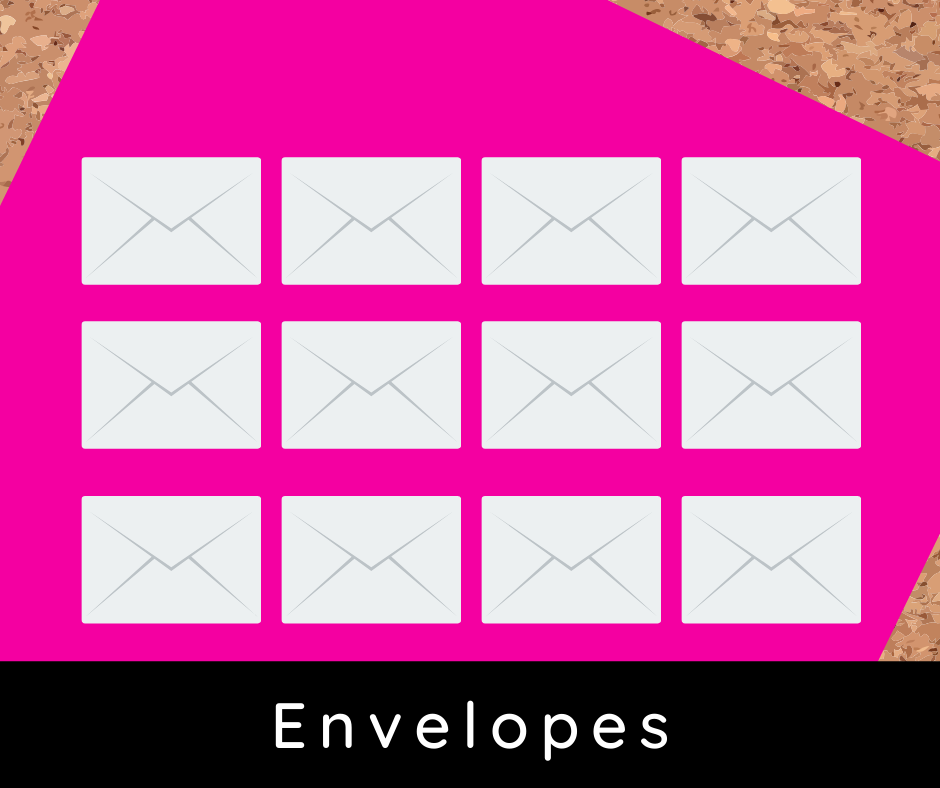
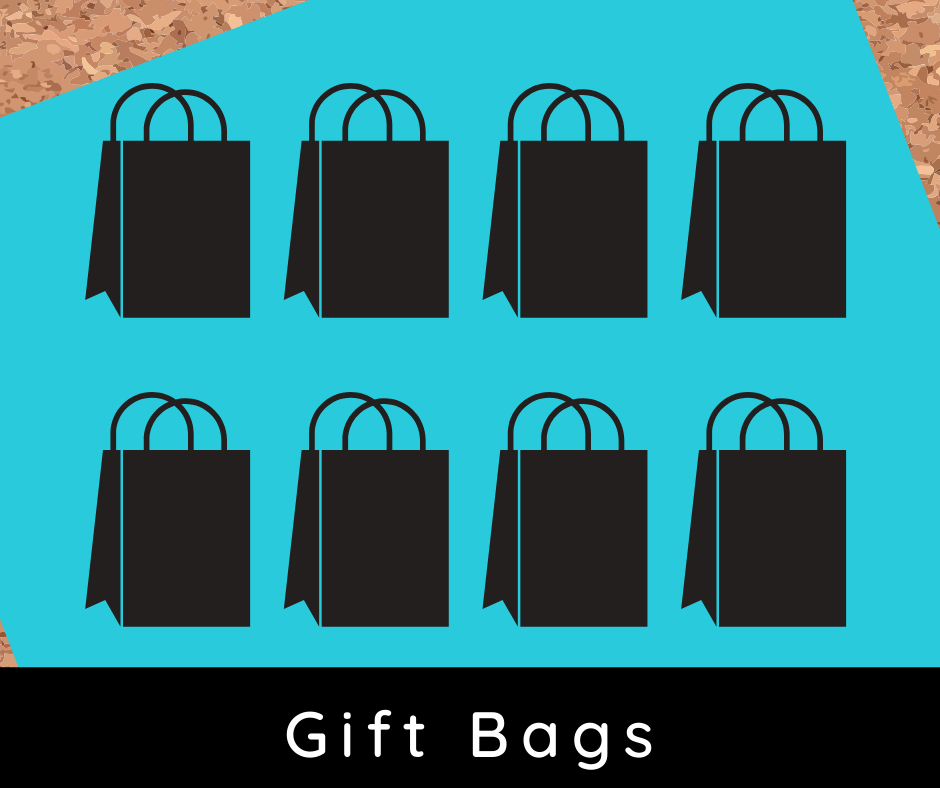
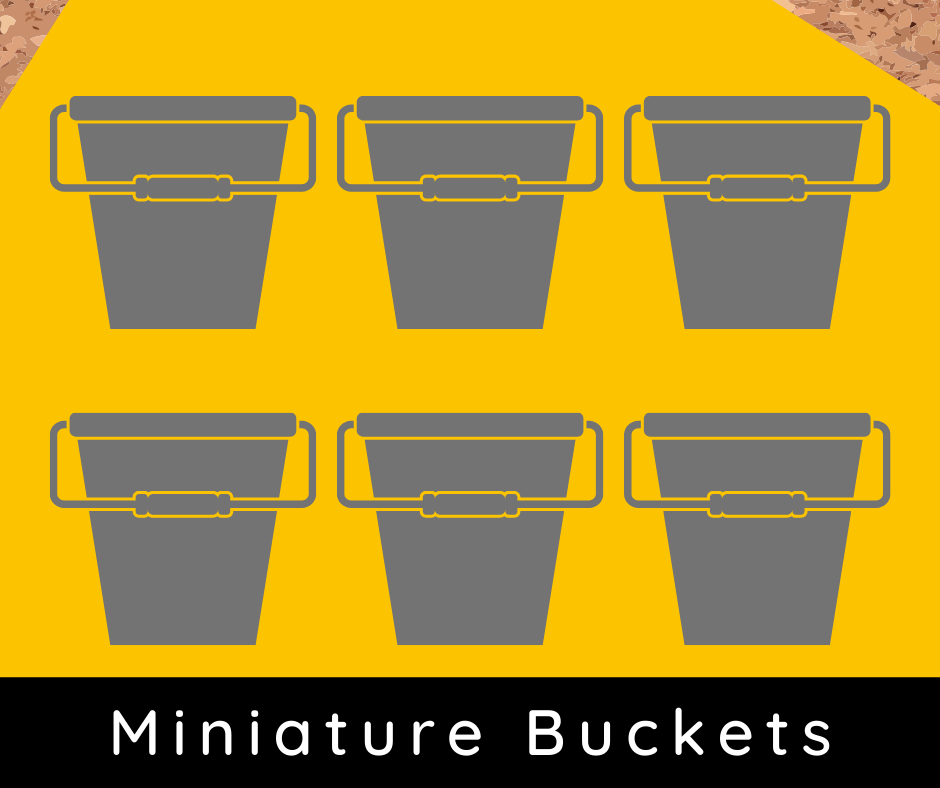
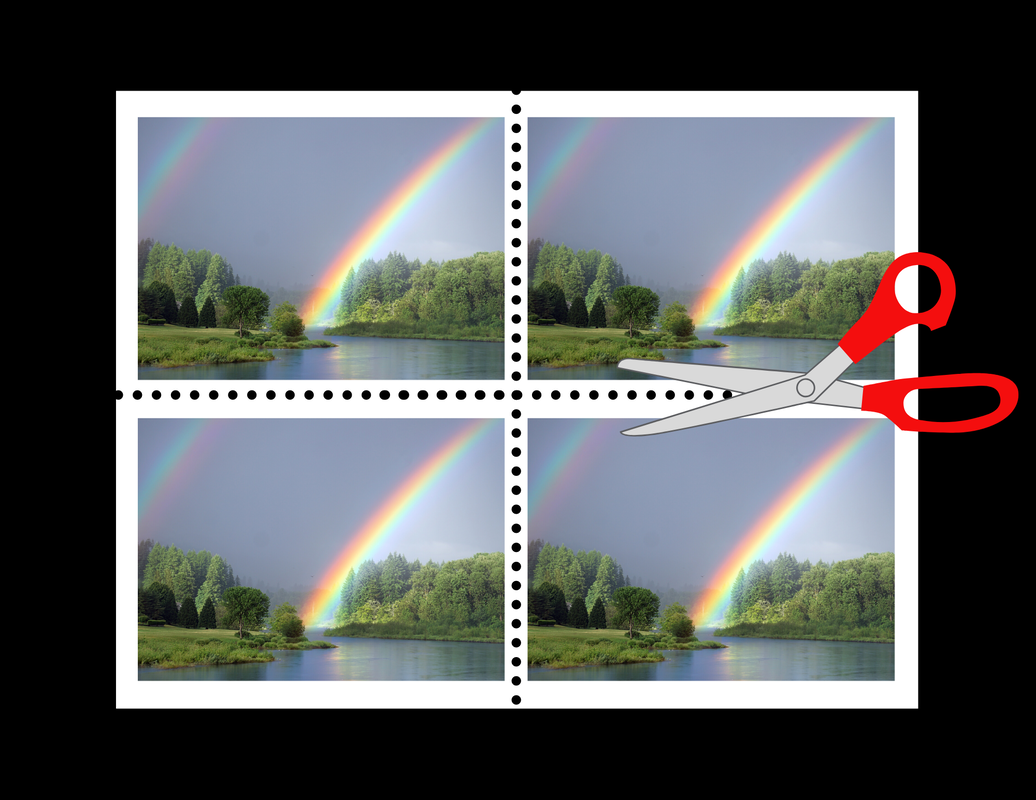
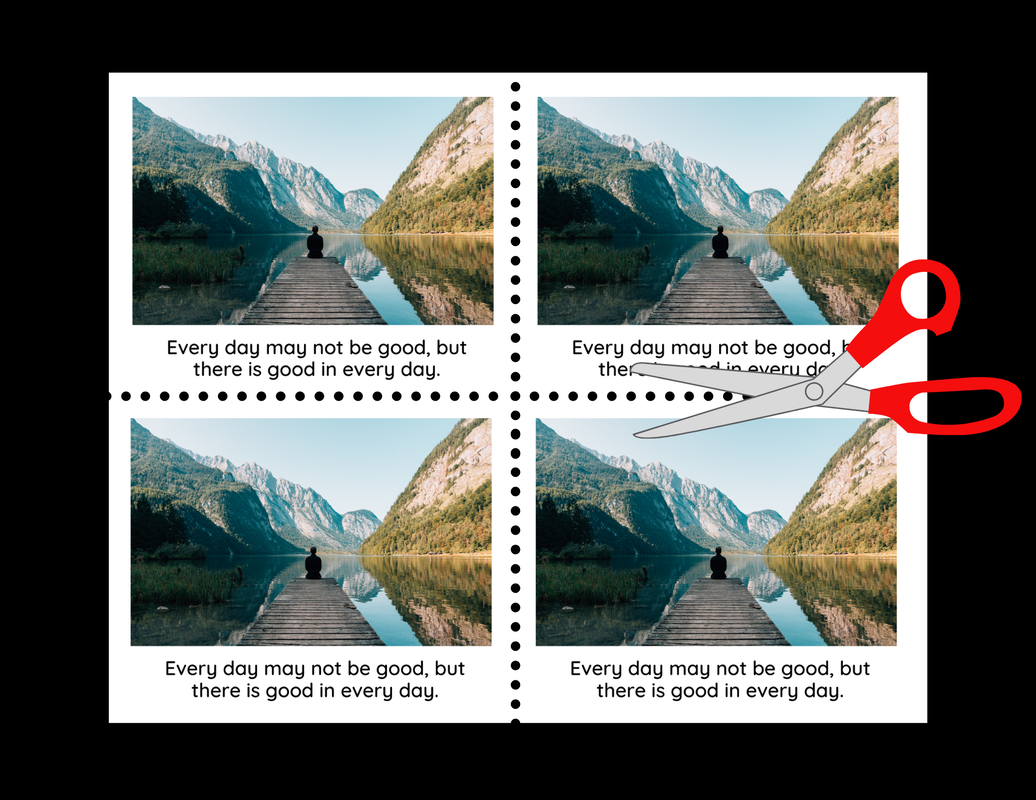
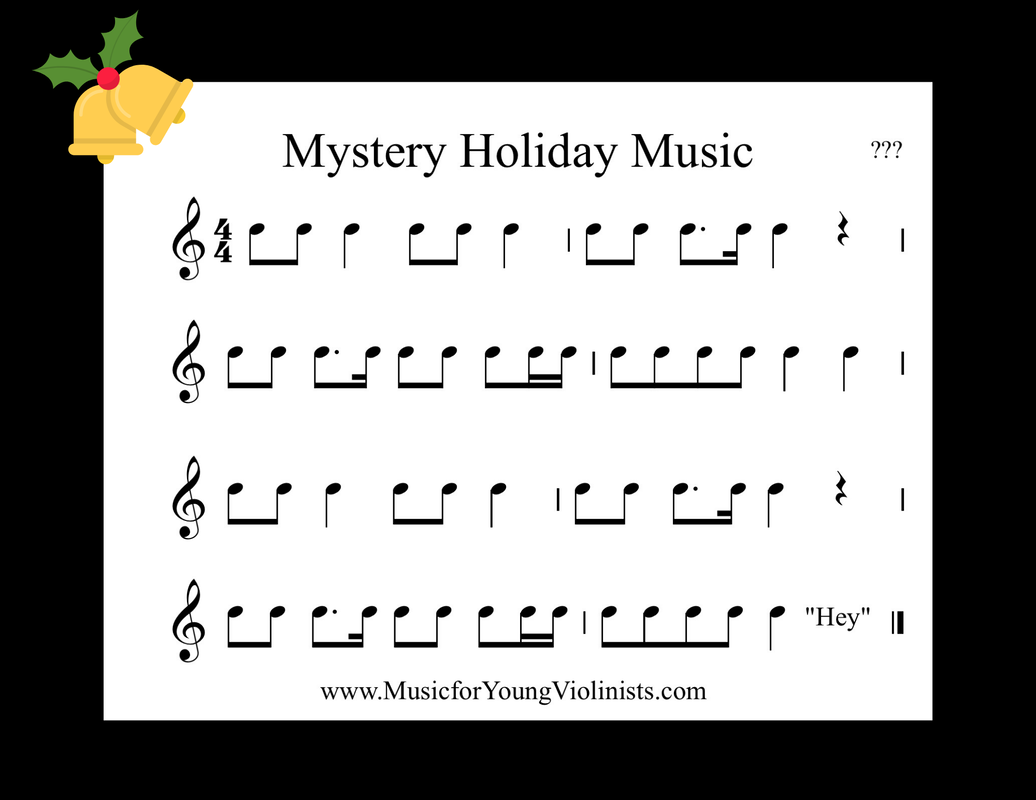
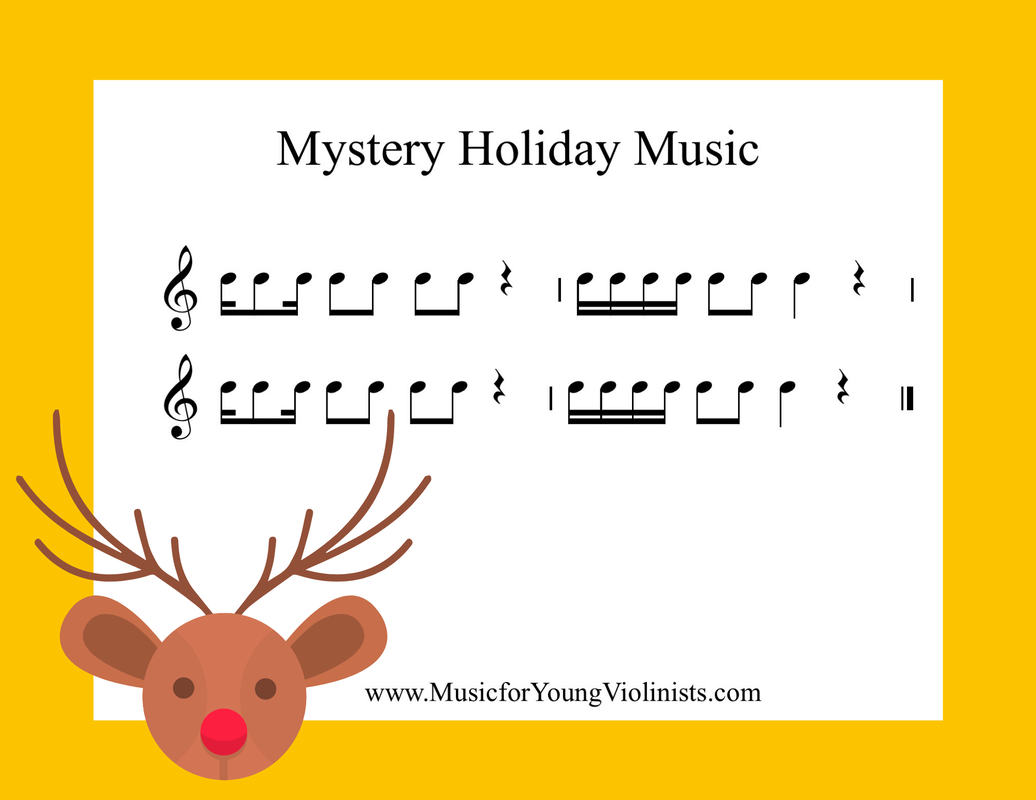
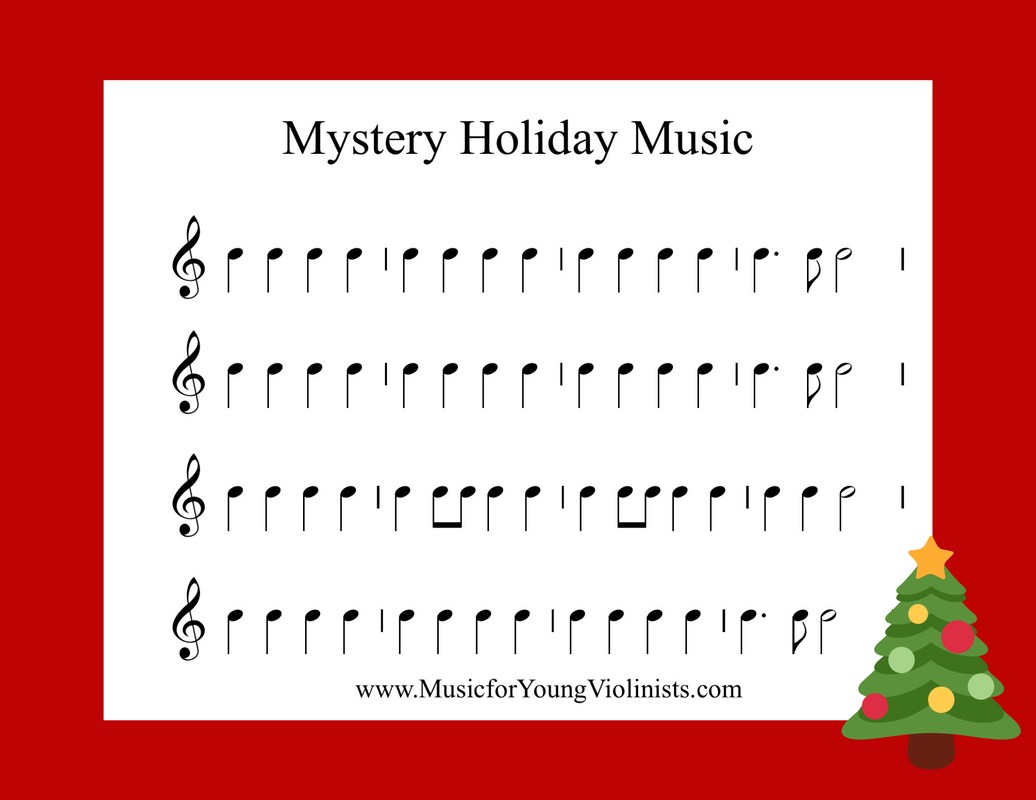
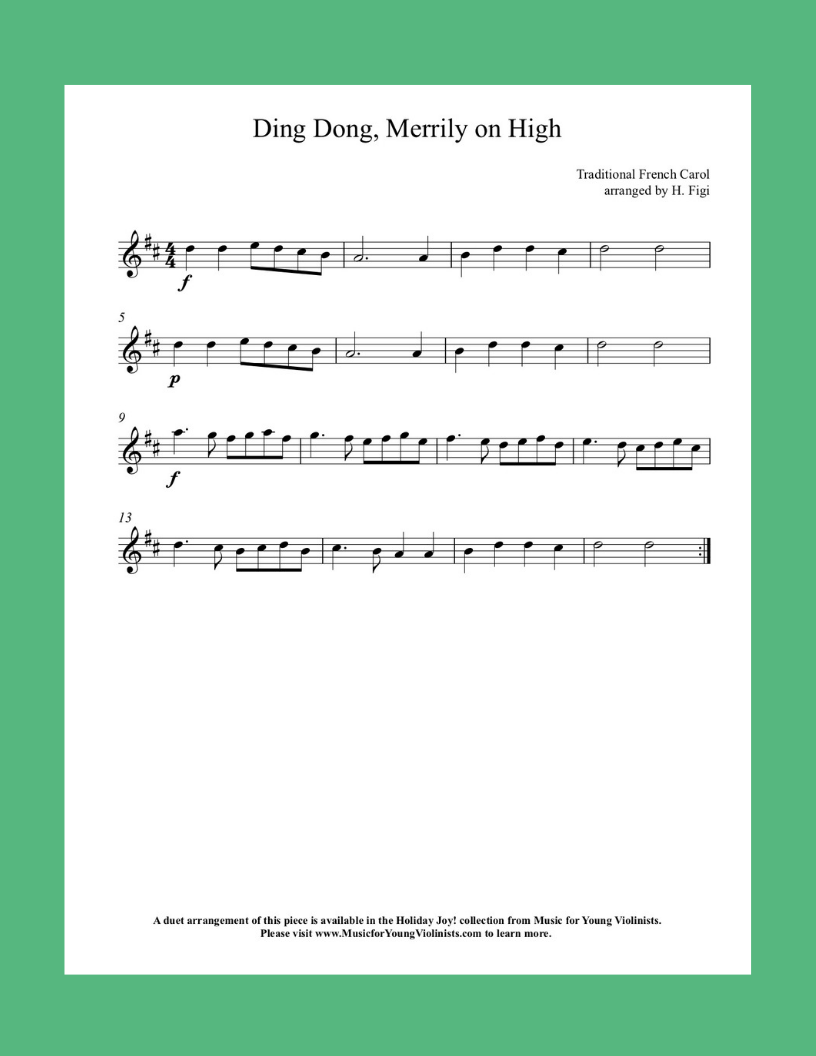
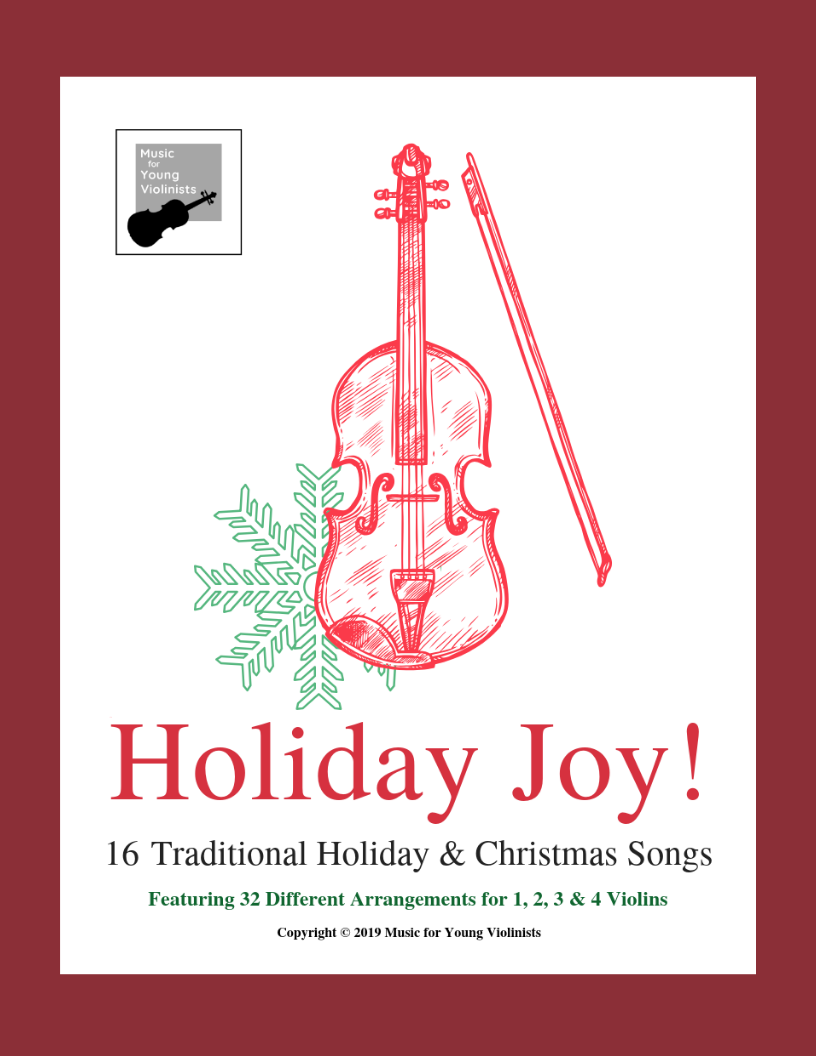
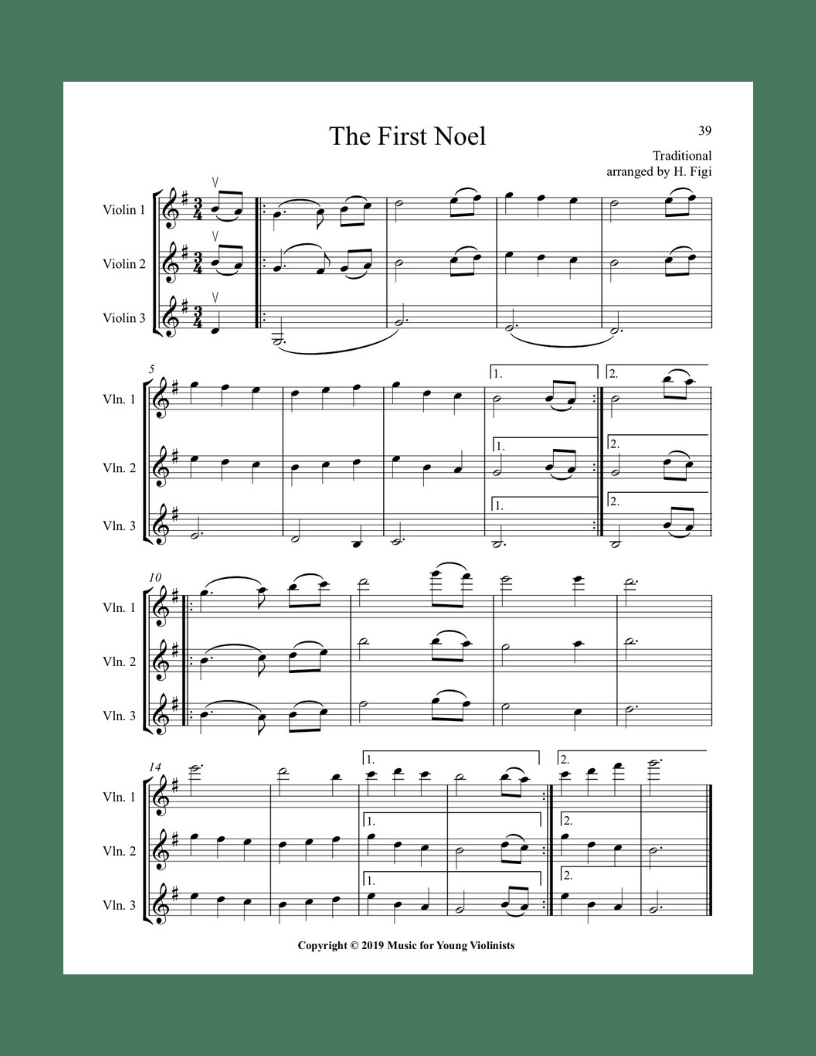
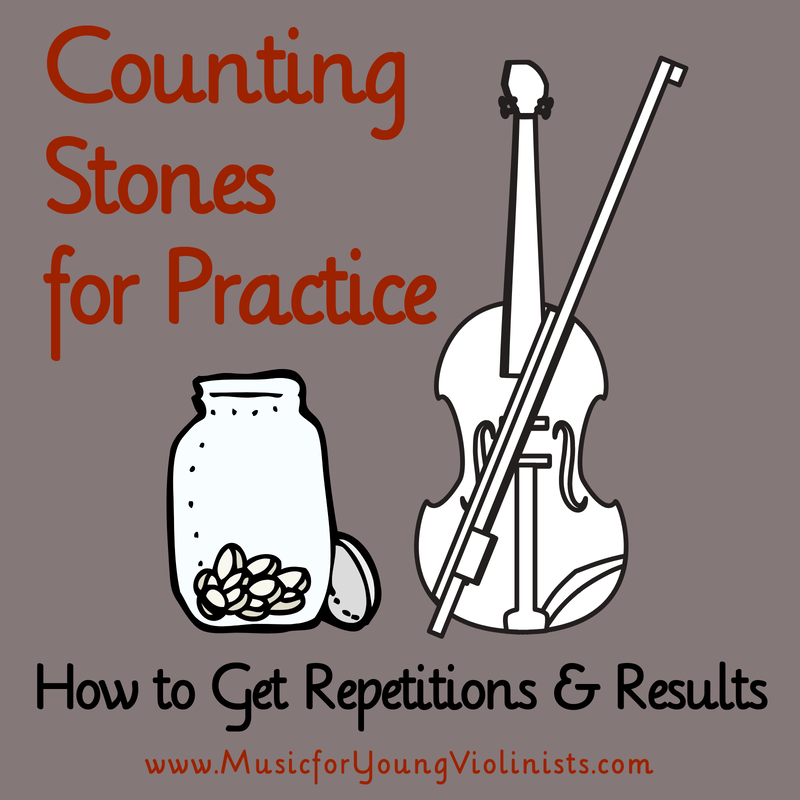
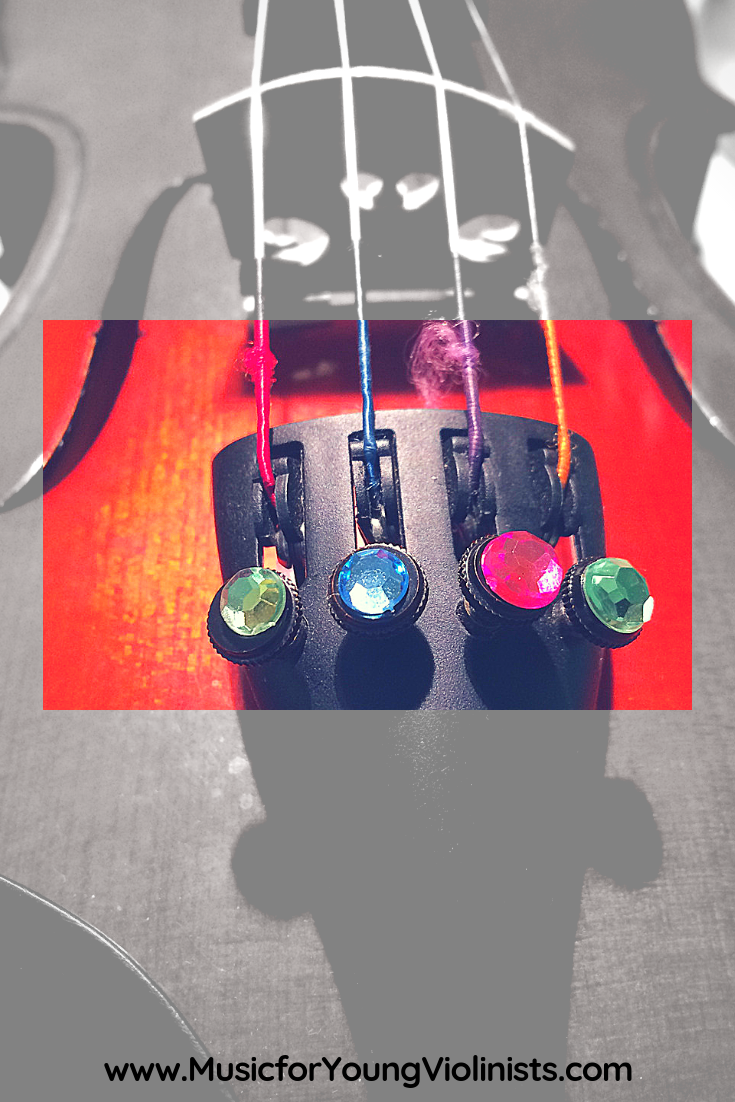
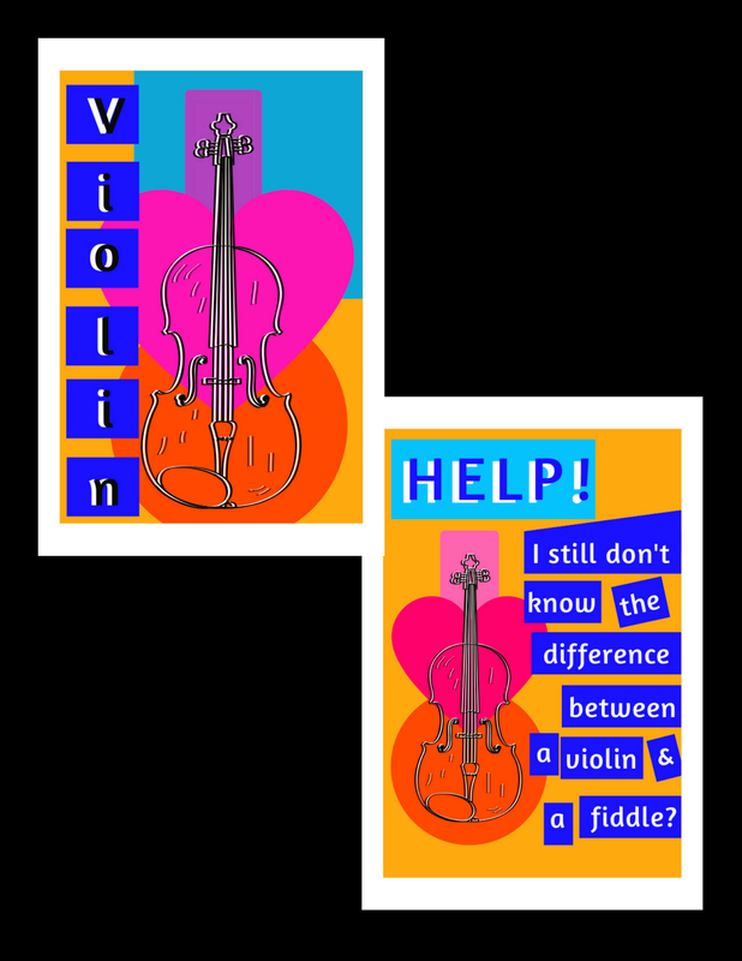
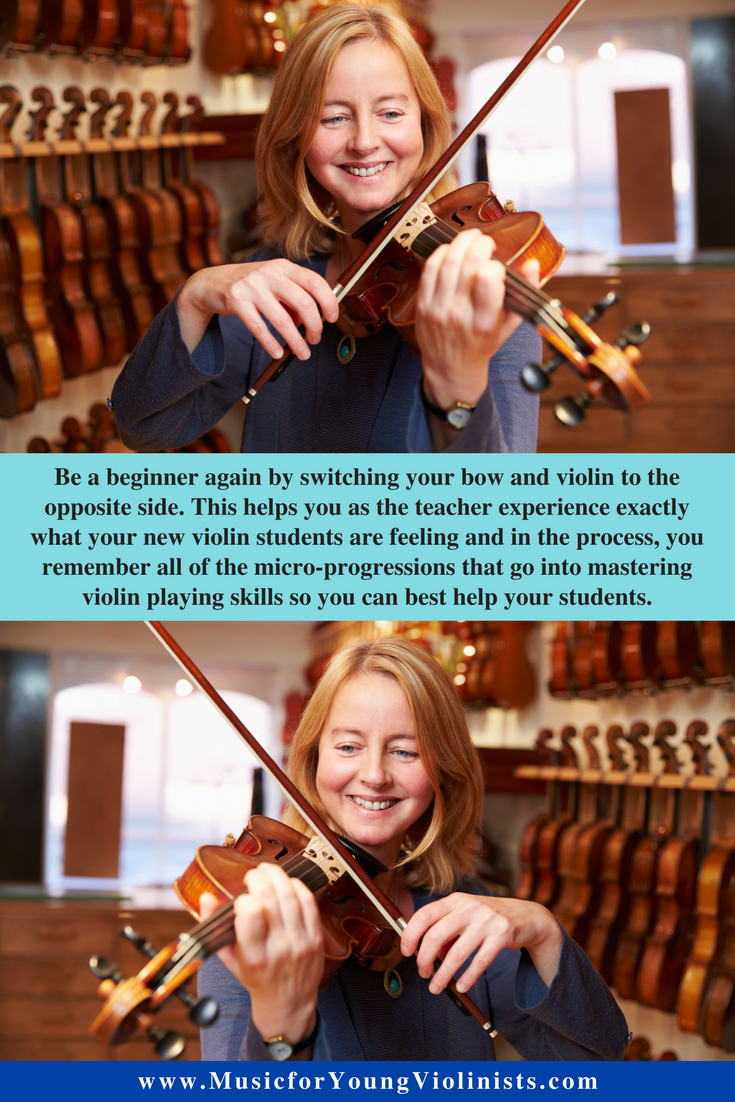
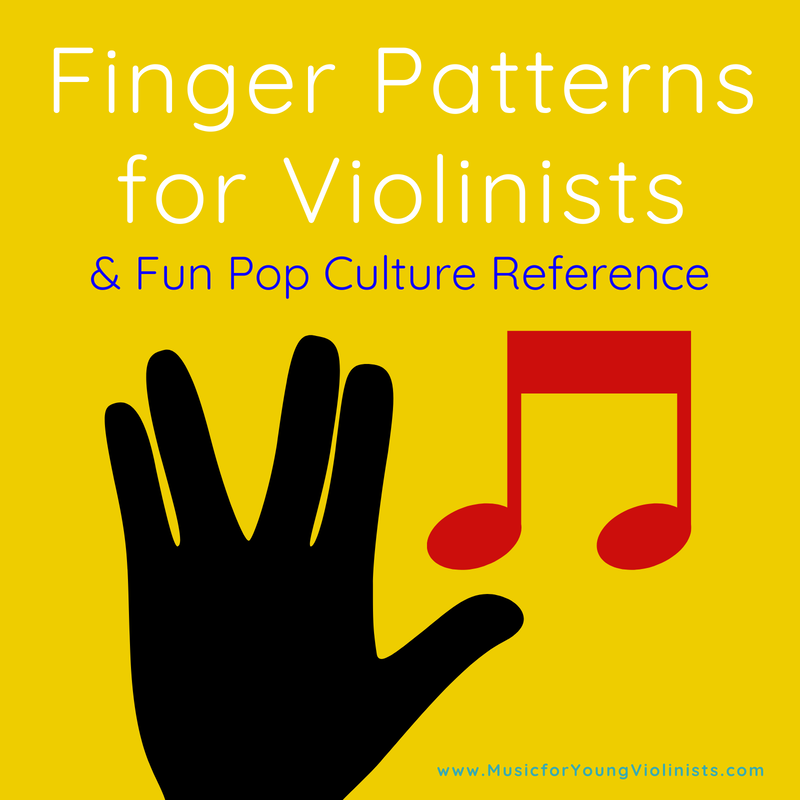
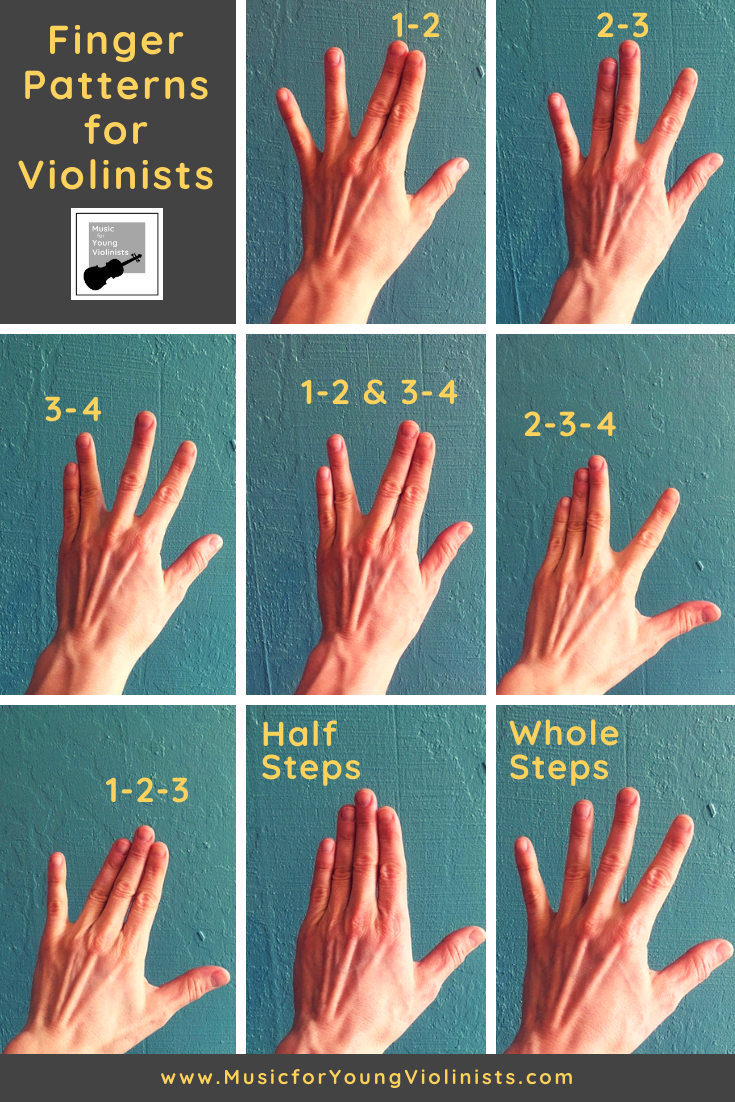
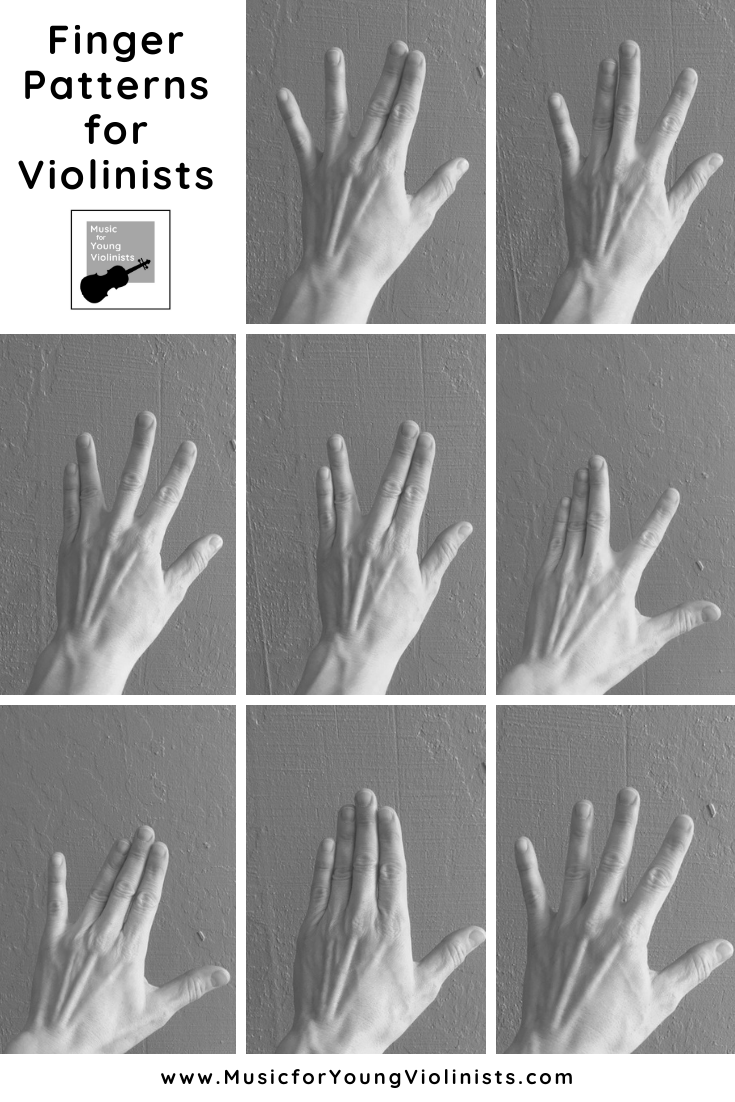
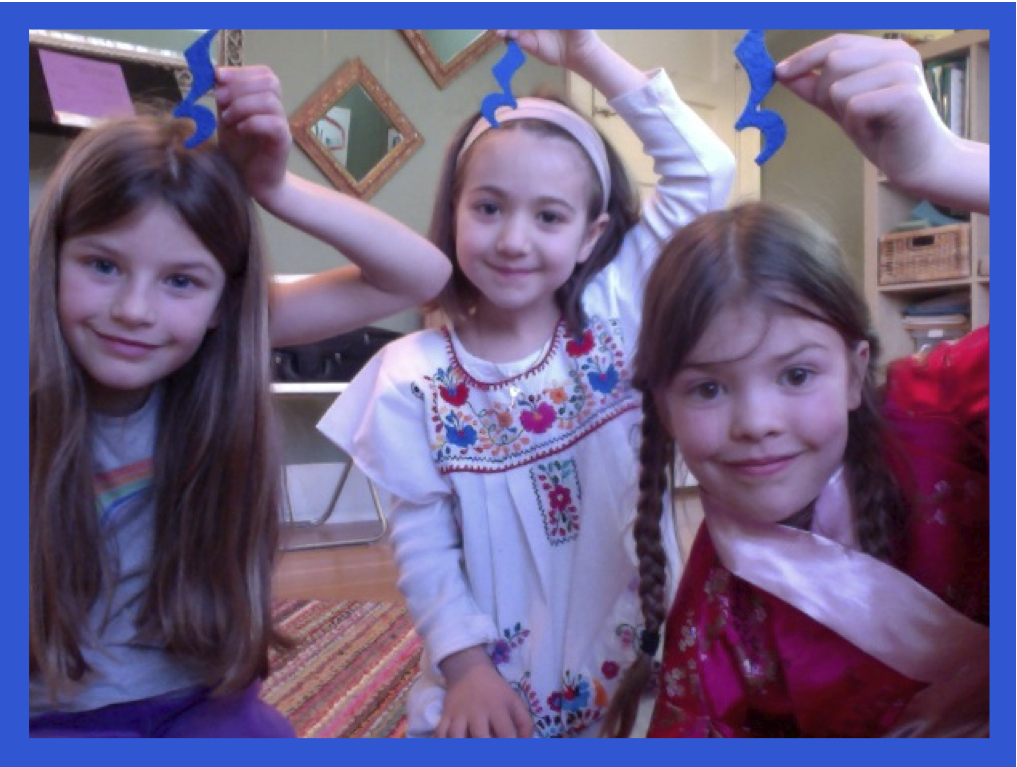
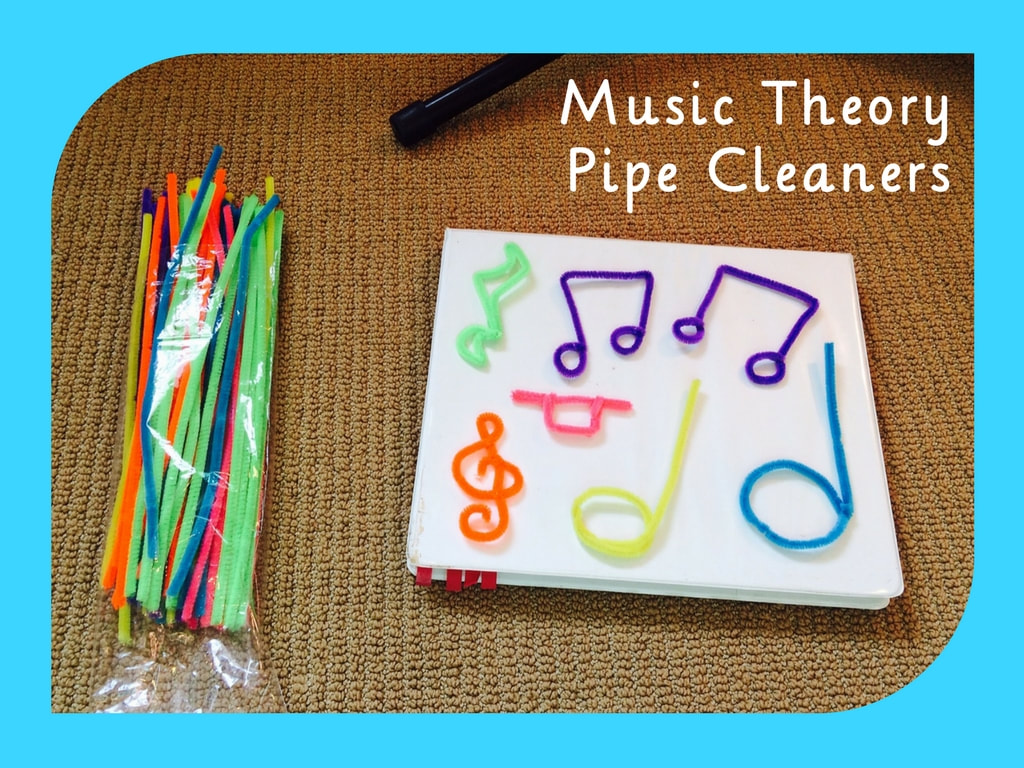
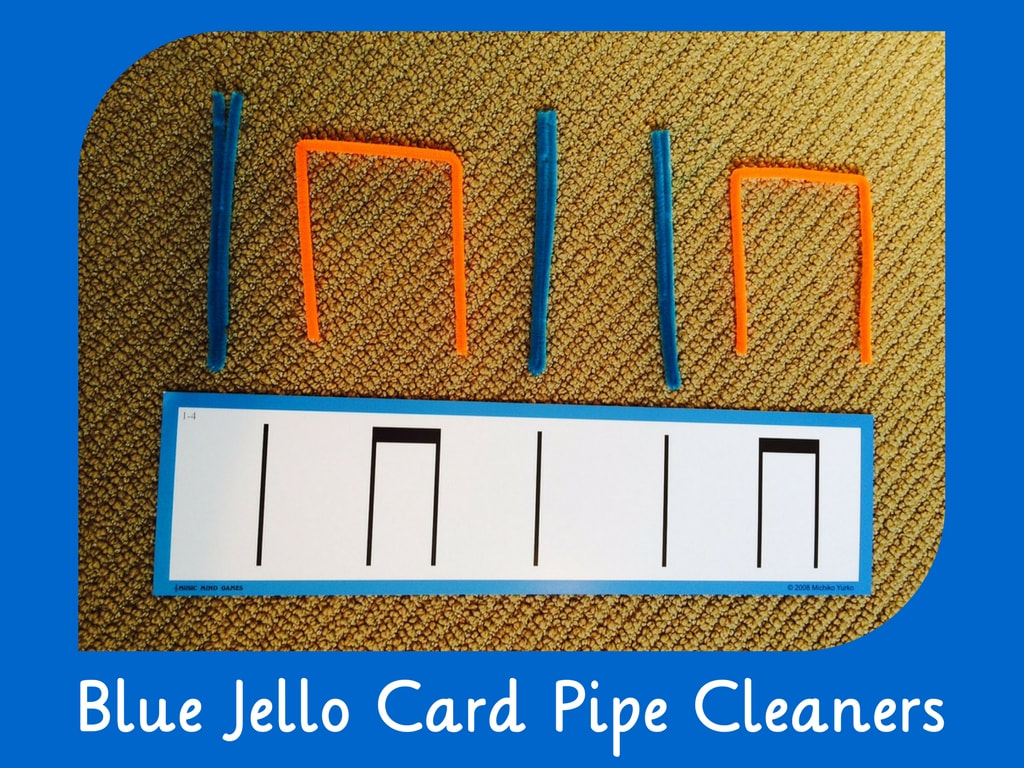
 RSS Feed
RSS Feed
